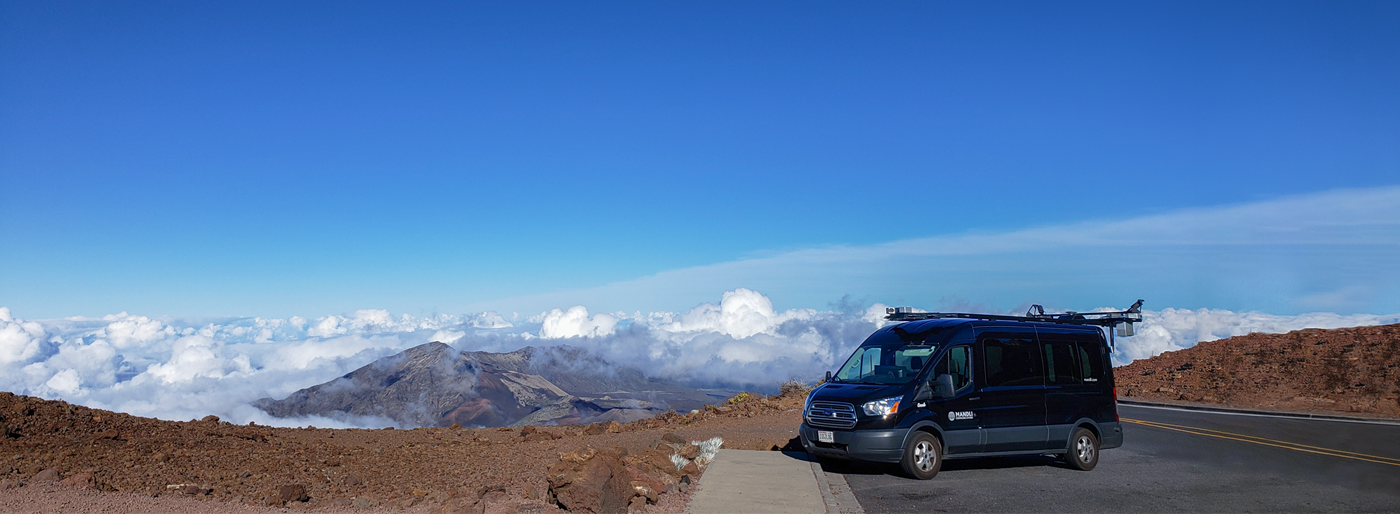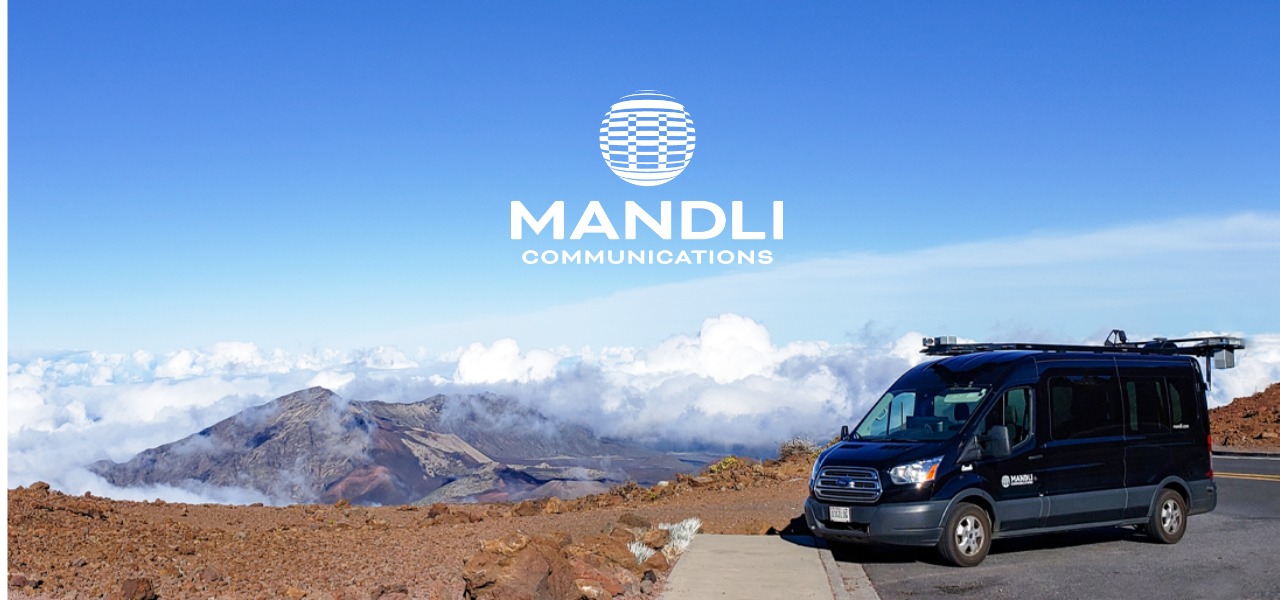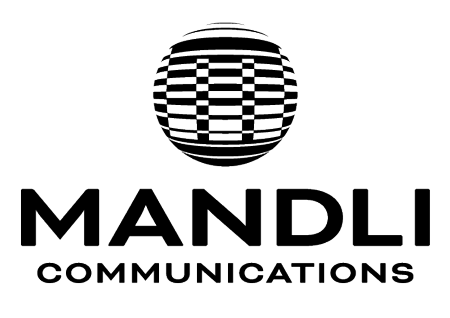Our History
Mandli Communications was formed on the first day of the state wrestling tournament in 1983. At the time, no recording devices were allowed in the field house. Ray Mandli secured a contract with the WIAA to film and sell all matches. From there, Mandli began converting film to videodisc, which opened the company to begin working with DOTs.
In 1985, Mandli began transferring Wisconsin DOT’s film to videodisc. This enabled them to tie their photolog to a computer application and to their maps, allowing random access to any point on a road.
In 1988, Mandli built their first photolog van for the Iowa Department of Transportation. It recorded the video images directly to analog optical discs inside the van, which eliminated the conversion of 35mm film to analog disc.
In 1990, Mandli integrated their own proprietary GPS and inertial system into the Arizona DOT’s photolog vehicle. This tagged every image with a linear reference mileage and a GPS point.
Mandli was the first company to produce a real-time digital collection vehicle, which saved the images from a digital camera directly to a hard drive.
Mandli saw a lack of multifunctional vehicles and decided to start integrating pavement systems onto our photolog vehicles. The first pavement technology Mandli integrated was a state-of-the-art line scan pavement profiling system from Phoenix Scientific.
Leading up to 2004, there was a big push in the industry for accurate bridge permitting. Mandli began using a three-laser system (one pointed at the pavement, two pointed up to the overhead structure) to measure vertical clearances.
Up until this point, pavement distress was collected via windshield survey or area scan cameras pointed down at the pavement. To get a better view of the pavement, Mandli developed the linescan system, which integrated two linescan cameras with laser illumination, allowing for continuous pavement imaging.
In the pursuit for better asset inventory and vertical clearance measurements, Mandli came upon Velodyne LiDAR. Mandli integrated Velodyne LiDAR to create high-resolution 3D pointclouds, which gave the ability to identify and extract a wide variety of assets, and perform horizontal and vertical clearance measurements in one pass of the collection vehicle.
- 150,000 Miles Collected
- 1,000,000 Assets Extracted
- First solid model from LiDAR used in a commercial
In 2012, Mandli made the switch from 2D to 3D pavement profiling with the LCMS. This increased accuracy and allowed for the development of automated distress.
- 100,000+ miles of roadway scanned
- 215+ terabytes of data collected
- 1,110,000+ assets extracted
In 2016, Mandli introduced the Maverick, an ultra-portable mobile mapping system that combines high-resolution 360º imaging, high-definition LiDAR, and an integrated position and orientation system, to provide a robust and multi-functional dataset.
Mandli introduced its newest Data Collection Vehicle, the X35 in 2018. Equipped with the latest technology for pavement scanning and LiDAR for asset information, the X35 comes with 9 cameras, each with a resolution of 80 megapixels per image, at rates up to 500 frames per mile, and provides 360-degree image coverage.
In 2019, Mandli achieved the unique distinction of being the first technology company to get its data collection vehicle certified at the National Center for Asphalt Technology (NCAT) for two of its pavement scanning systems, LCMS-1 and LCMS-2.
Mandli delivered the first Highly Automated Driving (HAD) Map to a client for testing autonomous vehicles (AVs). What sets Mandli apart in HAD map development is our ability to create customized maps for any given location.



